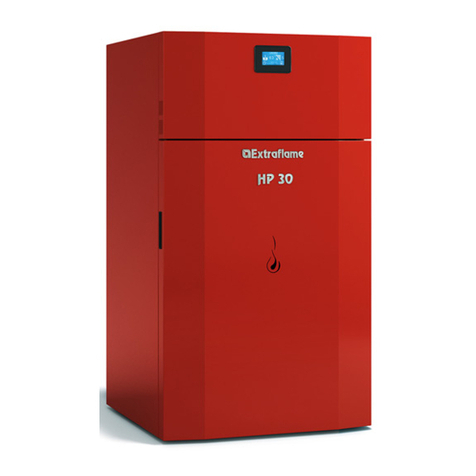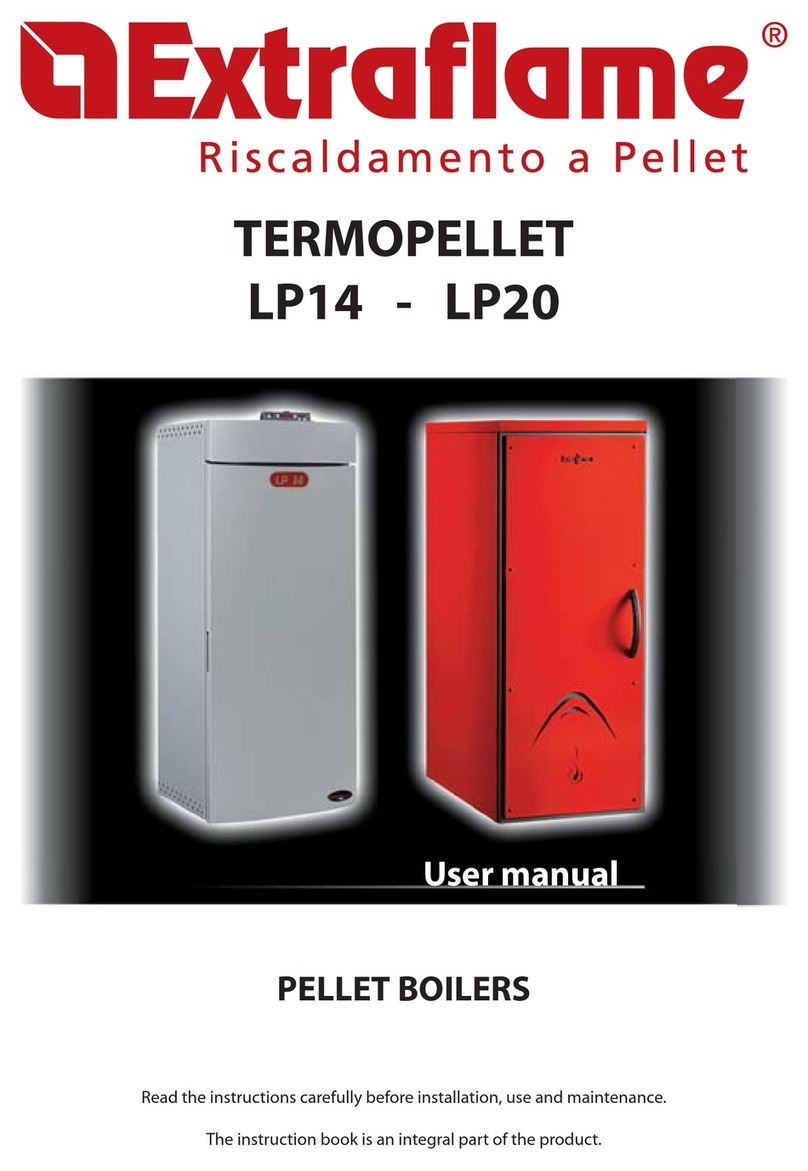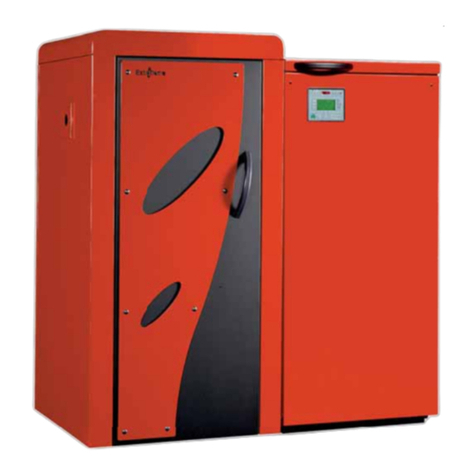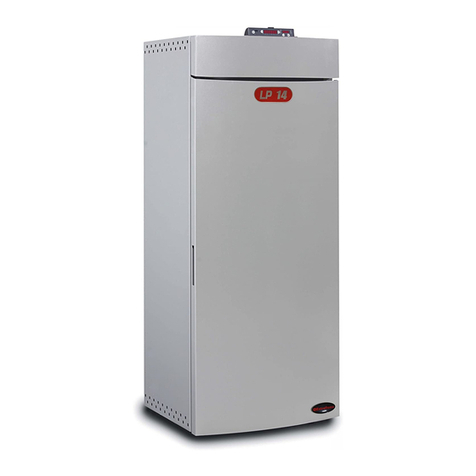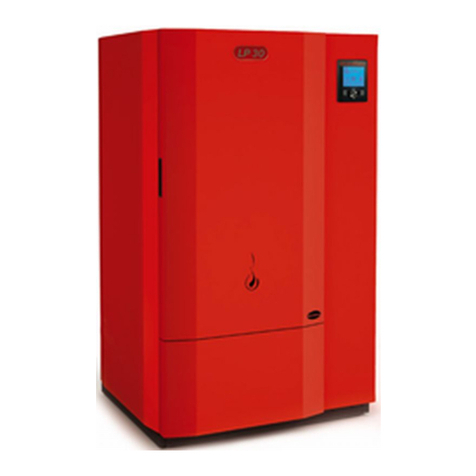
3
Index
Chapter 1
SUPPLY CONDITIONS ............................................................................................................................... 5
Chapter 2
TRANSPORT AND STORAGE .................................................................................................................... 7
Chapter 3
MOUNTING PHASES ................................................................................................................................. 8
POSITIONING THE BOILER BODY.......................................................................................................................................8
MOUNTING THE REAR COVERING.....................................................................................................................................9
INSTALLATION................................................................................................................................................................. 11
CONNECTION TO THE SMOKE EVACUATION SYSTEM..................................................................................... 12
CHIMNEY OR INDIVIDUAL FLUE............................................................................................................................... 13
APPLIANCE CONNECTION TO THE FLUE AND FUEL PRODUCTS EVACUATION.................................... 15
CHIMNEY CAP ................................................................................................................................................................. 15
CONNECTION TO EXTERNAL AIR INLETS ............................................................................................................. 16
INSULATION, FINISHINGS, COVERING AND SAFETY RECOMMENDATIONS .......................................... 16
NATIONAL, REGIONAL, PROVINCIAL AND TOWN COUNCIL REGULATIONS.......................................... 16
Chapter 4
HYDRAULIC PLANT CONNECTION ........................................................................................................17
OPEN VESSEL PLANT........................................................................................................................................................... 17
GENERALITY..................................................................................................................................................................... 17
OPEN EXPANSION VESSEL.......................................................................................................................................... 17
SAFETY PIPE AND LOAD PIPE ................................................................................................................................... 18
CLOSED VESSEL PLANT FOR MANUAL AND AUTOMATICMANUAL FEEDING APPLIANCES................. 18
SAFETY VALVE................................................................................................................................................................. 19
CLOSED EXPANSION VESSEL..................................................................................................................................... 19
GENERALITY.............................................................................................................................................................. 19
CLOSED EXPANSION VESSEL CONNECTION ................................................................................................ 20
MOUNTING OF HEAT DISCHARGE VALVE NOT SUPPLIED................................................................................. 20
AUTOMATIC THERMOSTATIC VALVE.............................................................................................................................. 21
INSTALLATION AND SAFETY DEVICES ......................................................................................................................... 21
STORAGE TANK DIMENSIONING..................................................................................................................................... 22
COMMISSIONING CHECKS................................................................................................................................................ 22
FEEDING WATER FEATURES.............................................................................................................................................. 22
FILLING THE PLANT.............................................................................................................................................................. 22
Chapter 5
CONNECTION TO ELECTRICAL PLANT .................................................................................................. 37
ELECTRONIC BOARD FUSES............................................................................................................................................. 41
Chapter 6
MOUNTING THE COVERING ...................................................................................................................42
Chapter 7
POSITIONING AND MOUNTING THE SILO............................................................................................ 46
MOVING THE ELECTRONIC BOARD............................................................................................................................... 48
MOVING THE SILO ................................................................................................................................................................ 51




















